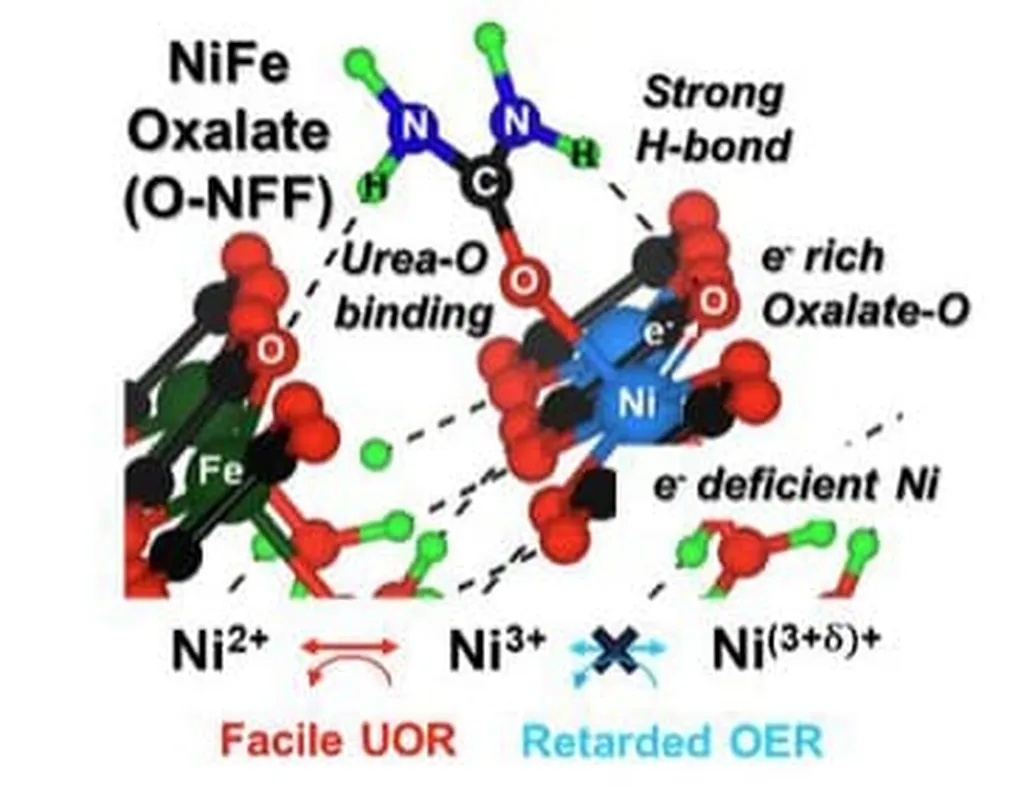In the quest for cleaner energy and more sustainable wastewater treatment, a groundbreaking study has emerged from the labs of the University of New South Wales (UNSW). Led by Yashu Guo, a researcher at the UNSW Water Research Centre, the study delves into the world of heterojunction catalysts and their potential to revolutionize the urea oxidation reaction (UOR). This isn’t just about cleaning up waste; it’s about turning it into a valuable resource.
Imagine this: instead of treating urea-laden wastewater as a nuisance, we could convert it into hydrogen, a clean and renewable energy source. This is the promise of the urea oxidation reaction, and Guo’s research is bringing it closer to reality. The key lies in the use of heterojunction catalysts, which combine different materials to create a more effective and stable catalyst.
“Heterojunction catalysts offer unique structural and electronic advantages,” Guo explains. “They can enhance catalytic activity and stability, making them ideal for the UOR.”
So, what makes these heterojunction catalysts so special? It’s all about the way they’re structured. By combining different materials, researchers can create a catalyst that’s greater than the sum of its parts. This can lead to improved performance and durability, which is crucial for real-world applications.
The study, published in Materials Futures, reviews recent advancements in heterojunction catalysts for UOR. It covers a wide range of materials, from transition metals and alloys to metal (hydro)oxides, chalcogenides, pnictides, and even metal–organic frameworks. Each of these has its own unique properties, and the study explores how they can be combined to optimize catalytic efficiency.
But this isn’t just about understanding what works; it’s also about understanding why. The study places a particular focus on structure–performance relationships, providing valuable insights into the design of next-generation catalysts.
So, what does this mean for the future? Well, if this research can be scaled up, it could have significant implications for the energy sector. It could provide a new source of hydrogen, a clean and renewable energy source. And it could do so while also addressing a major environmental challenge: wastewater treatment.
But the potential doesn’t stop there. The principles explored in this study could also be applied to other catalytic processes, opening up new avenues for research and development. It’s a testament to the power of interdisciplinary research, and a reminder that sometimes, the solutions to our biggest challenges can be found in the most unexpected places.
As Guo puts it, “The development of next-generation heterojunction catalysts could pave the way for efficient and sustainable UOR applications.” And that, in turn, could help us build a cleaner, more sustainable future.

